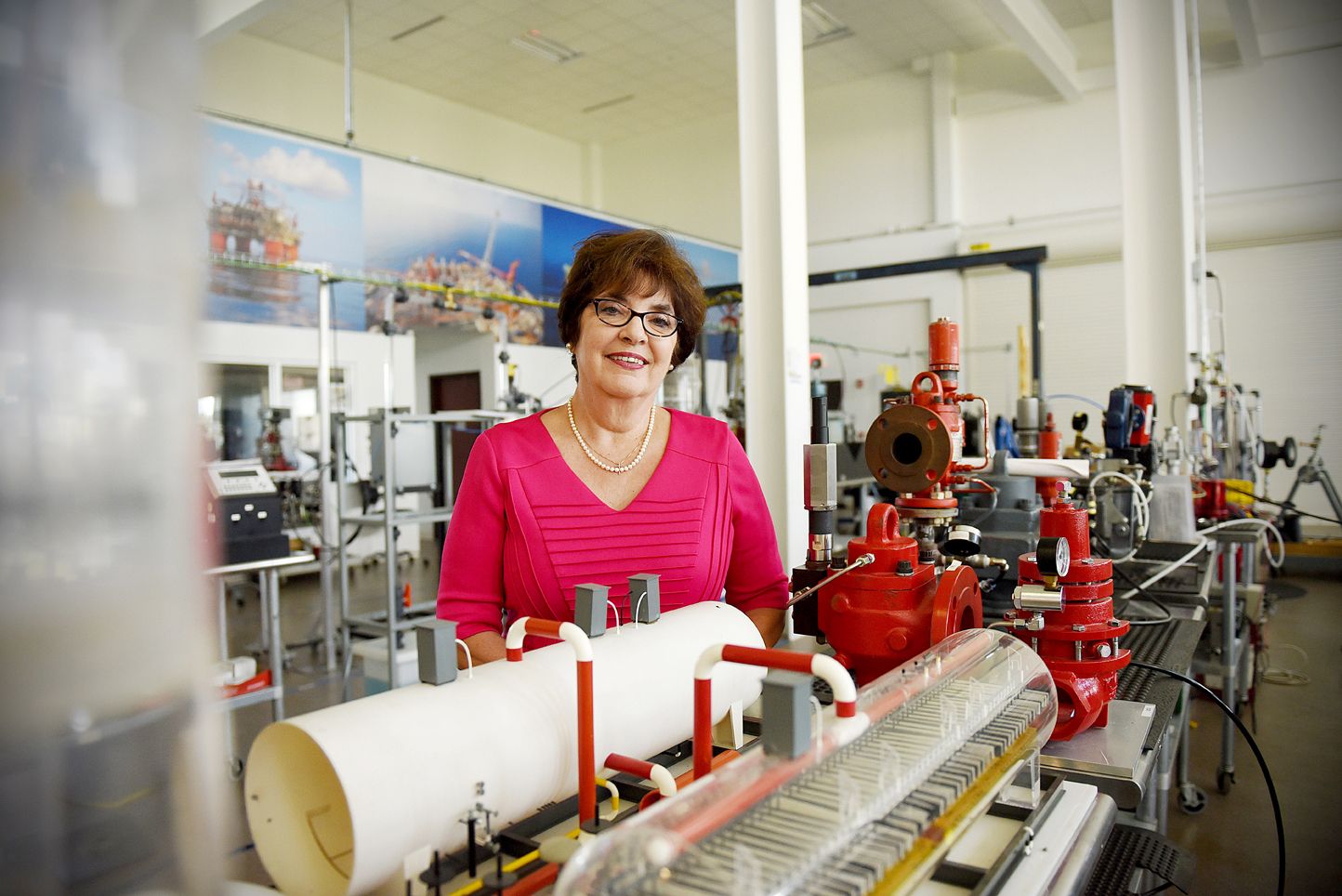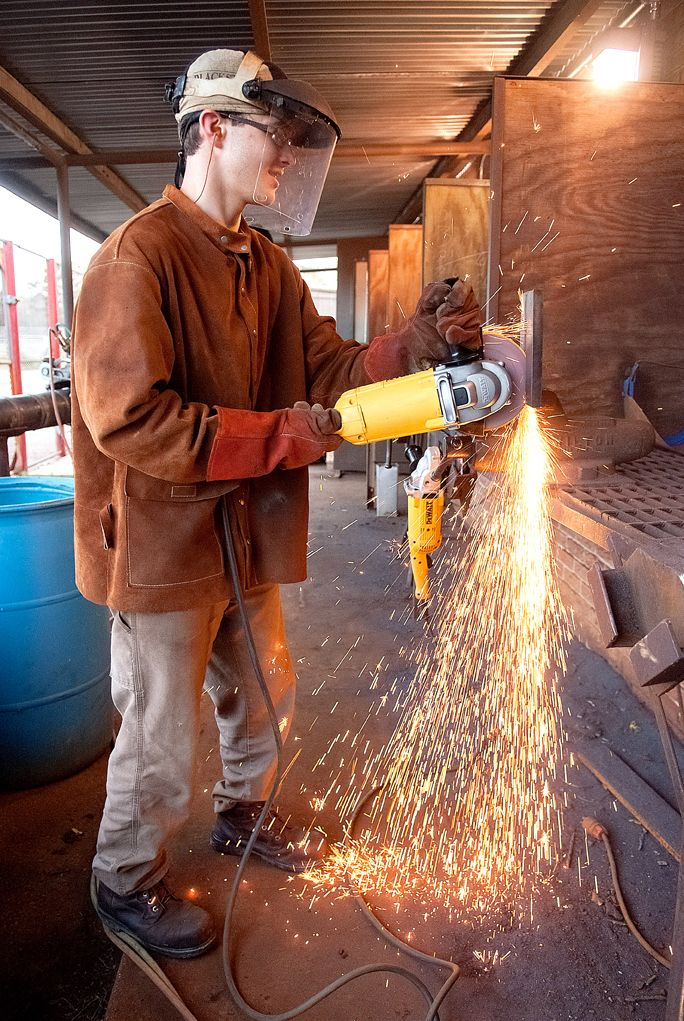We’ve all heard of “Don’t Mess With Texas,” the slogan first coined in 1986 to teach Texas residents the real cost of littering. Since then, celebrities like Willie Nelson and Matthew McConaughey have gotten on board to promote the message, and the phrase has become a cultural icon.
The advertising exec credited with “Don’t Mess With Texas” is Roy Spence, and his daughter is Courtney Spence, founder of her own San Francisco agency C Spence. Together, the pair are teaming up to tackle just as serious an issue in Louisiana in hopes that their new campaign will be just as successful at changing perceptions.
In early August, Courtney spent two weeks traveling to six cities in Louisiana to gauge the current landscape of the state’s education and workforce needs. Her tour represents the first step in creating the branding for a grassroots campaign as part of the Louisiana Workforce Education Initiative.
LWEI is a nonprofit organization created to provide the public messaging and communications support necessary to begin changing outdated public perceptions about high-demand, high-paying industrial careers that don’t require a four-year college degree. It’s no secret that the demand for jobs like plant workers and welders is at an all-time high due to the industrial boom, but students and young adults aren’t always encouraged to pursue them as a career path.
Armed with data from a poll conducted last summer that revealed outdated ideas about skilled jobs, community members of the LWEI board in partnership with C Spence and Baton Rouge firm SSA Consultants are now moving forward to implement a media campaign to recruit, inspire, educate and prepare the next generation of Louisiana’s workforce.
LWEI is supported by key industry, business and government leaders and is working in coordination with the Louisiana Department of Education, the Louisiana Workforce Commission and Louisiana’s Workforce Investment Council.
QUALITY JOBS
“The jobs are there, but we don’t have the trained workforce to fill them right now,” says LWEI board member and Urban Systems partner Mike Palamone. “All of the jobs with expansions along the river are going to be in those two-year programs, and they’re very well paid.”
The numbers Palamone and others involved in the campaign are trying to communicate to students and parents are those like $60,000 a year, full benefits and an eight-hour workday. “Some kids really aren’t cut out for college, but they’re really good with their hands and they know how to do good work, and they can go get a two-year degree and be really productive,” Palamone adds.
Parents and close family members have been identified as the main influencers when it comes to kids’ education and career paths. Cindy Poskey, vice-chancellor of workforce development at Fletcher Technical Community College, says it’s a stigma that started back in the 1980s with the oil bust.
“I really saw more of a deterrence there from parents allowing children to follow in their footsteps,” she says. “There wasn’t job security.” As the industry recovered, Poskey began to see students go straight from high school into the workforce, but unfortunately TOPS brought back the stigma in the late 1990s.
“What we had to do is to really inform and explain to parents about all the job opportunities and that if you’re looking at your child and they like to work outdoors, don’t force them behind a desk,” she says. “There’s still good careers they can do outdoors.”

These days, Poskey and her team in the South Central Louisiana Technical College System are seeing success with programs like Jump Start and dual enrollment that allow high school students to take courses for college credit.
Another example of the type of training program targeted is the one introduced at Fletcher Technical Community College over the summer, aimed at meeting the shortage of process operators in chemical plants. Originally piloted at SOWELA Technical Community College in Lake Charles, the Process Technology (PTEC) Fast Track program helps students with associate degrees or higher attain a degree in process technology in as little as one semester.
Poskey also works closely with area plant managers, trainers and human resources folks to ensure technical college students are prepared for the jobs available. “I tell our instructors all the time we have two customers: students and business and industry. We are truly in the workforce development business,” she says.
IMAGE PROBLEM
State Department of Education Superintendent John White says the efforts of LWEI will greatly benefit Jump Start, which was developed last year and is expected to reach full implementation by 2018. “We have an image problem regarding the technical workforce and technical education, especially insofar as they must ultimately compete with TOPS, LSU and all that comes with the hallowed names of the four-year institutions,” White says. “Re-branding the technical workforce in the minds of students, parents and grandparents will have a lasting benefit for industry located in our state.”
“We knew there were barriers—negative perceptions—that exist among kids and parents about technical education,” adds Christel Slaughter, whose firm SSA is under contract to manage the operations of LWEI. “We need a campaign to change those attitudes about careers that are available with technical education.”
Data compiled for LWEI by Southern Media and Opinion Research last year helped flesh out the nature of the problem. Poll results showed nearly half the respondents felt there is social stigma attached to not having a four-year college degree. Meanwhile, more than two-thirds believed skilled jobs are physically demanding, while one-third believed they are dangerous—perceptions, says Slaughter, that are incorrect. “There are a lot of opportunities to educate people about the opportunities that are there,” she says.
AT&T Louisiana President Sonia Perez is a member of the state Workforce Investment Council. She says that with the evolution of technology in today’s workplace, workers have to constantly be transforming and re-inventing their skill set. “In today’s vibrant economy, there are great opportunities for those who choose to obtain a certification while in high school, as well as those looking to re-tool for high-demand careers,” she says. “LWEI is partnering with Louisiana Community & Technical College System and other organizations to make training options and tools more affordable.”
A STATE OF MIND
During her Louisiana tour, Courtney Spence was struck by the number of people who are passionate about helping students find a path to a successful career. “There’s so many intelligent and kind people we have met, from policy makers to people working in schools to implement Jump Start,” she says. “It makes me excited about the opportunities we have when we can unify all these efforts under one message and one campaign.”
Next up for LWEI is more qualitative research and sessions with focus groups before Spence moves on to the more creative aspects of messaging and media. A fundraising component targeted to business and industry is also in place, with approximately $4 million raised to date. (The campaign is expected to cost about $5 million-$6 million per year.)
Statewide, the plan is to spread the message across a mix of traditional, digital and grassroots channels starting next spring—and hopefully enter the national dialogue about education and workforce solutions. If LWEI follows the path of “Don’t Mess With Texas,” then Louisiana is in for a game change.
“‘Don’t Mess with Texas’ really tapped into a state of mind,” says Spence. “It took an issue, which was litter on our highways, and tried to look at it from a different way. When you start to take those more specific issues and see how they really are part of something bigger, a greater purpose, you’re able to create a campaign and a new way of thinking.”
In terms of workforce education, “What we’re talking about here, we’re talking about across the country,” adds Spence. “It’s now a topic of conversation with presidential candidates. If we can figure out how to crack the code in Louisiana, I think there’s a lot of ability to take that concept and design nationally.”









